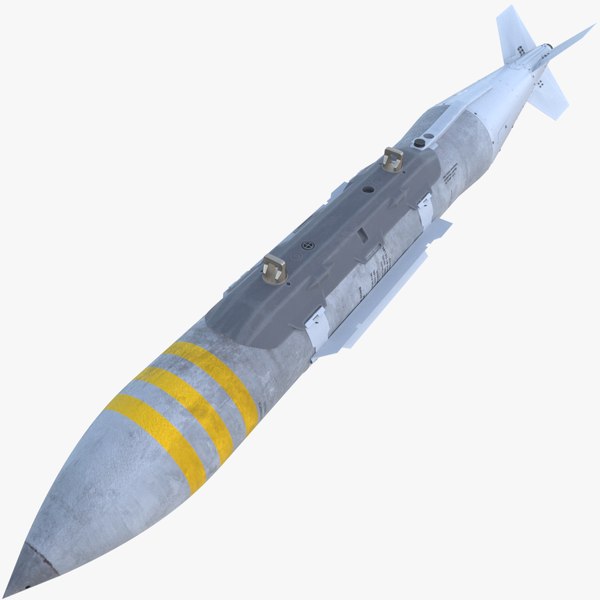 Modern emergency responses are heavily reliant on info and communications technology (ICT). Many algorithms have been written to assist emergency operations, for instance, by providing an "expert system" that aids choice making, or by serving to document selections as they're made. For example, terrestrial trunked radio (TETRA) systems can be used to provide versatile communications between totally different companies and groups of responders. Emergency plans ought to reflect these innovations and the alternatives they convey for sharing info and developing a synoptic picture of a rapidly evolving scenario on the bottom.
Modern emergency responses are heavily reliant on info and communications technology (ICT). Many algorithms have been written to assist emergency operations, for instance, by providing an "expert system" that aids choice making, or by serving to document selections as they're made. For example, terrestrial trunked radio (TETRA) systems can be used to provide versatile communications between totally different companies and groups of responders. Emergency plans ought to reflect these innovations and the alternatives they convey for sharing info and developing a synoptic picture of a rapidly evolving scenario on the bottom.Tips for an Effective Response Plan
In Japan, transitional shelters erected after the 2011 tsunami had flooring areas of 27–33 sq. meters, whereas these in Sichuan, China, constructed after the 2008 Wenchuan earthquake had been barely smaller than 20 square meters in flooring area. Hence, the figure tends to be lower in Asian international locations, the place city house is proscribed and populations are large. One risk of transitional housing is that it may scale back the impetus for everlasting reconstruction, and thus leave the survivors in limbo for years or decades. The solution lies in both a relentless provision of resources for restoration and a transparent, democratic means of attaining it, with ample public participation. One way of extending the emergency plan into the disaster part and adapting it to quickly changing needs is to proceed the planning process in the course of the emergency (Figure 5). Strategic planning is essentially about finding sources and guaranteeing that the assemblage of response units, plans, and initiatives is generally getting into the best direction, so that it'll meet the needs of the inhabitants affected by disaster.
A diploma of uniqueness present in every new catastrophe means that improvisation cannot be averted, but foresight and preparedness can constrain it to a needed minimal. Moreover, emergencies are at all times events for learning, and a significant part of the body of experience on which plans are based comes from the errors, inefficiencies, and improvisations of the past. Although many publications have the phrase "lessons learned" of their titles, there is not any assure that a lesson will certainly be discovered. If that does indeed occur, measurable positive change will outcome immediately from the lesson. For instance, lack of search-and-rescue tools could additionally be keenly felt in structural collapses that lure individuals. Hence, probes, props, and private safety gear may be acquired and personnel educated in how to use them.
Why is regular review and training important for an emergency response plan?
It's essential to be ready with an emergency response plan to organize for anything. Any enterprise that employs people ought to have an ERP, from small companies to giant establishments. Finally, more informed selections must be made concerning the magnitude of events for which a response needs to be deliberate. The apparent tendency for local weather to drive will increase in excessive meteorological occasions is just one element of a complex picture during which the distributions of magnitudes and frequencies are not precisely identified. Resources are too scarce to permit lavish preparations for notional high-impact events that will happen only once in a millennium. However, preparedness does need to boost its sights and deal with bigger events than those that may confidently be expected to happen in a decade.
How does Crises Control enhance emergency response planning?
The level of using scenarios in emergency planning is to have the ability to explore and anticipate needs generated by predictable future disasters. Hence, the scenario ought to produce a range of attainable outcomes and must be used as an exploratory tool. It ought to be used along side an audit of emergency resources designed to reply the question of whether or not they're adequate and av cb appropriate to match the anticipated wants. Emergency plans have to be written in the light of the prevailing laws, in addition to the provisions it makes for tackling main incidents and disasters. In many international locations, laws exists at both the nationwide stage and the extent of areas, states, provinces, departments, counties, or prefectures—what is named the intermediate tier of government. In the United States, the primary federal law is the Robert T. Stafford Disaster Relief and Emergency Assistance Act (the Stafford Act), which has advanced since 1974. In the United Kingdom, the Civil Contingencies Act dates from 2004, and in Italy, a regulation passed in 1992 establishes the national civil protection system.
By clearly establishing roles and duties in an ERP, employees higher perceive the roles every individual needs to fulfil during an emergency. This improves collaboration and coordination, leading to faster response instances and better outcomes. Establishing a tradition of security with an ERP in place provides workers a way of safety, knowing their employer cares about their safety. Employees can really feel safer figuring out their office is prepared for any emergency.
Integration with Existing Systems







